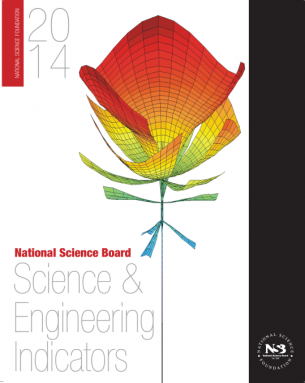2014 Indicators highlight STEM learning and teaching
Share this:
- Share via email (Opens in new window) Email
- Click to share on Facebook (Opens in new window) Facebook
- Click to share on X (Opens in new window) X
- Click to share on Pinterest (Opens in new window) Pinterest
- Click to share on Reddit (Opens in new window) Reddit
- Share to Google Classroom (Opens in new window) Google Classroom
- Click to print (Opens in new window) Print

The Indicators report also focuses on encouraging data from 2012. It finds 73 percent of high-school math teachers have degrees in mathematics, and 82 percent of high-school science teachers have degrees in science. Math and science teachers are eager to improve their skills. In middle and high school, more than 80 percent of math and science teachers took part in professional development activities in their subject areas.
Internet access has been almost universal in schools since 2008. Not surprisingly, there has been a 47 percent increase in digital education, with more than 1 million K-12 students enrolled in online courses or classes that blend online and face-to-face learning. Schools are also beginning to offer online learning options for students who are falling behind in their lessons. However, the new report notes, data are not yet available to quantify the value of online learning in science and math.
The Science and Engineering Indicators are free and can be downloaded here.